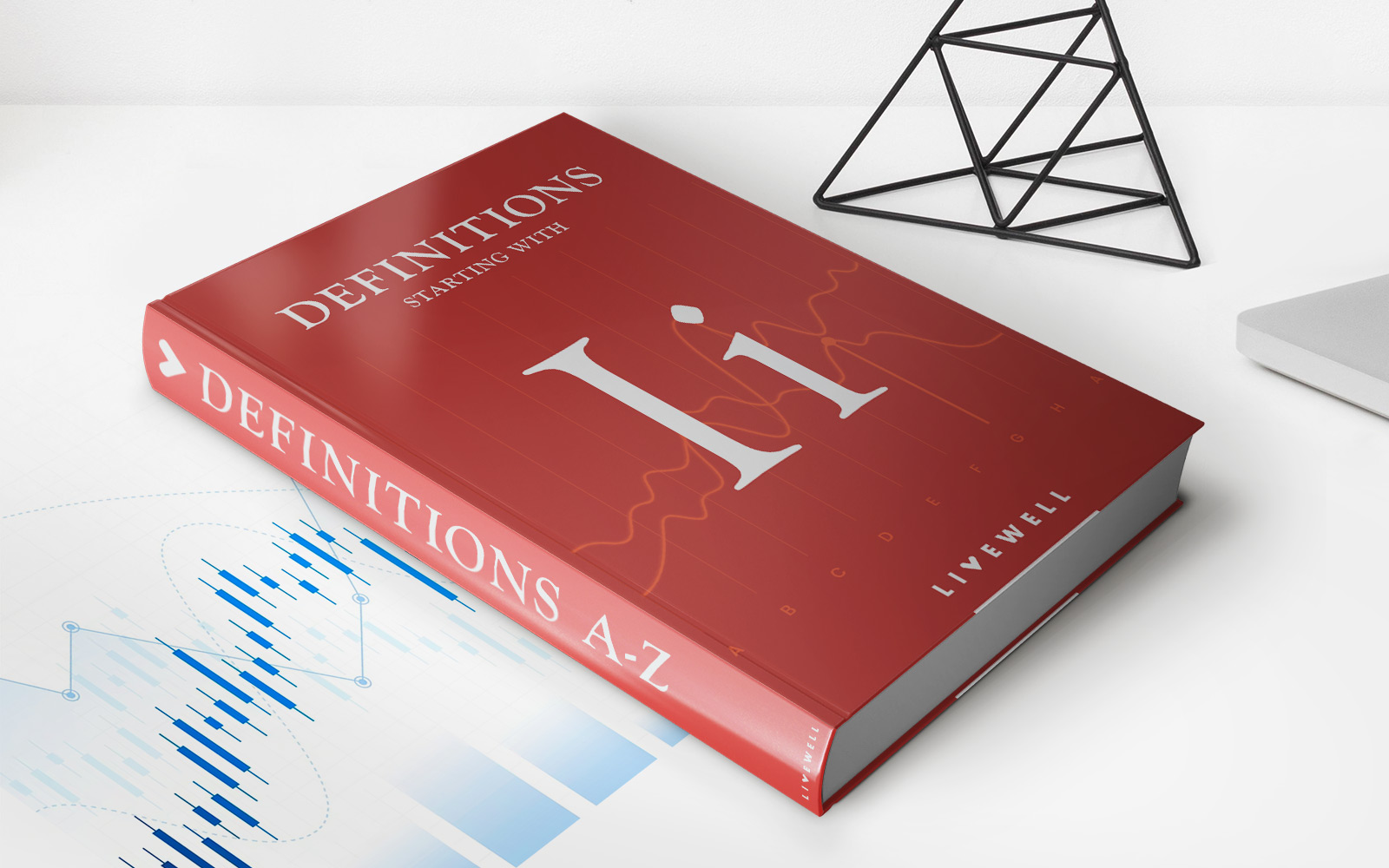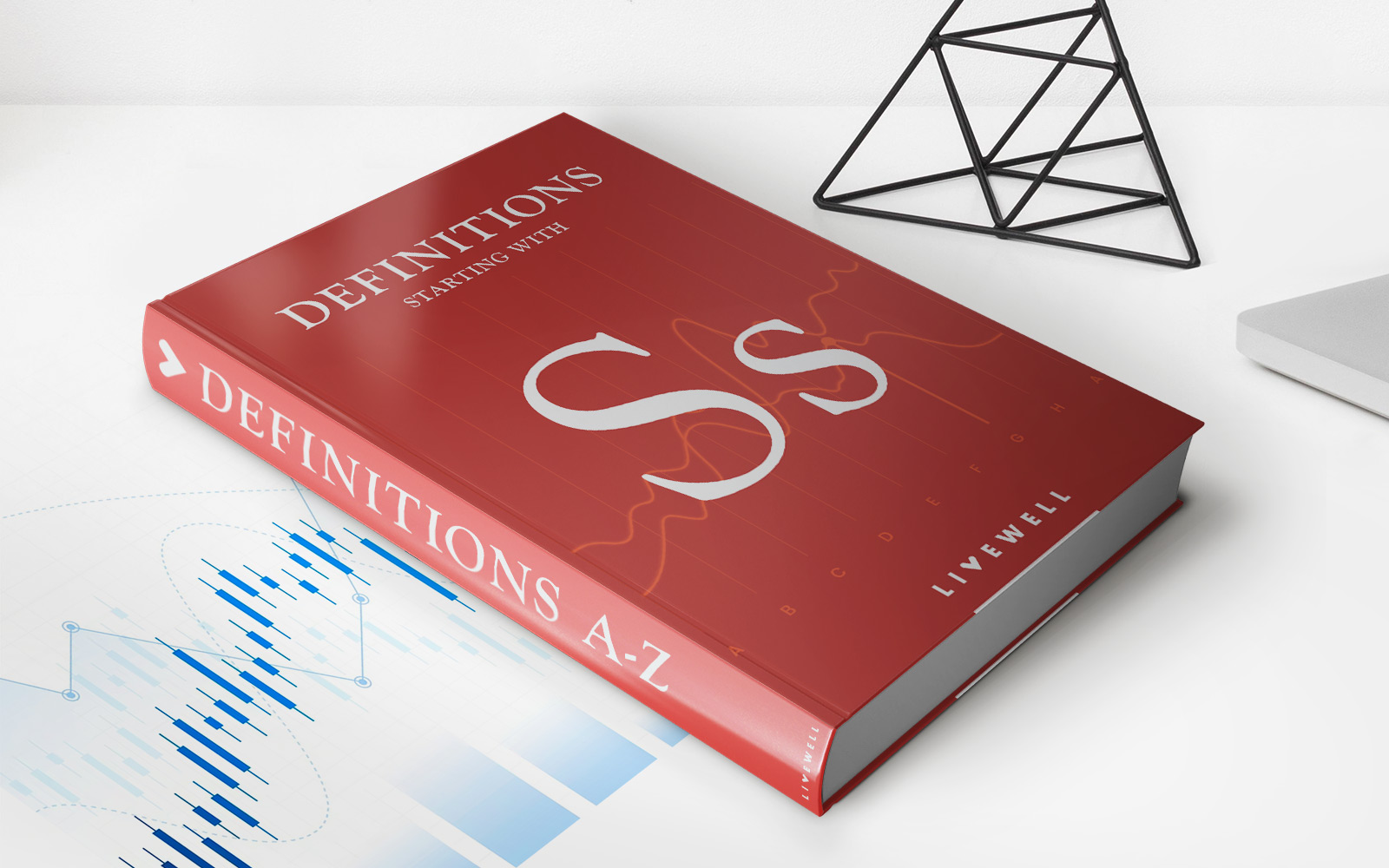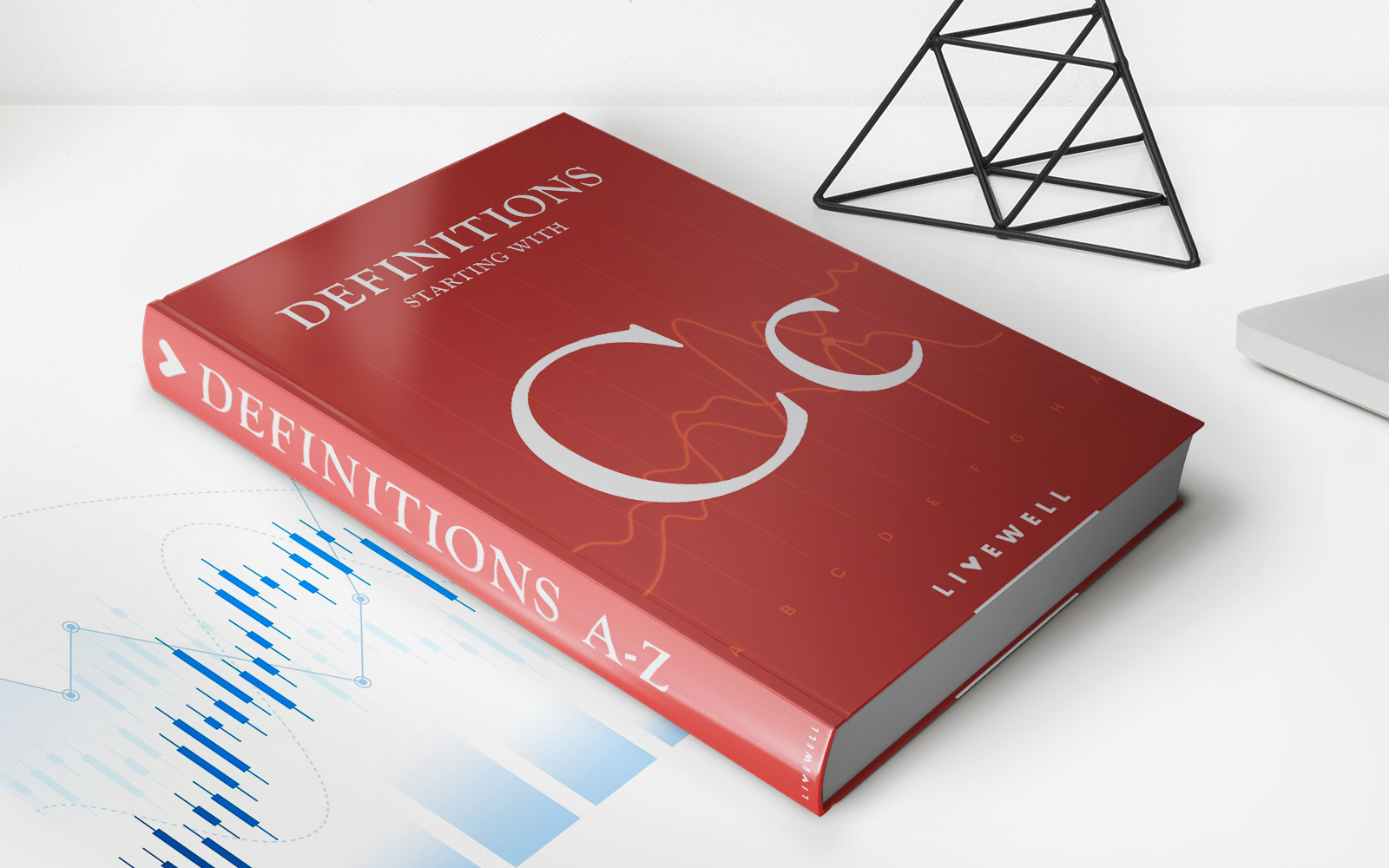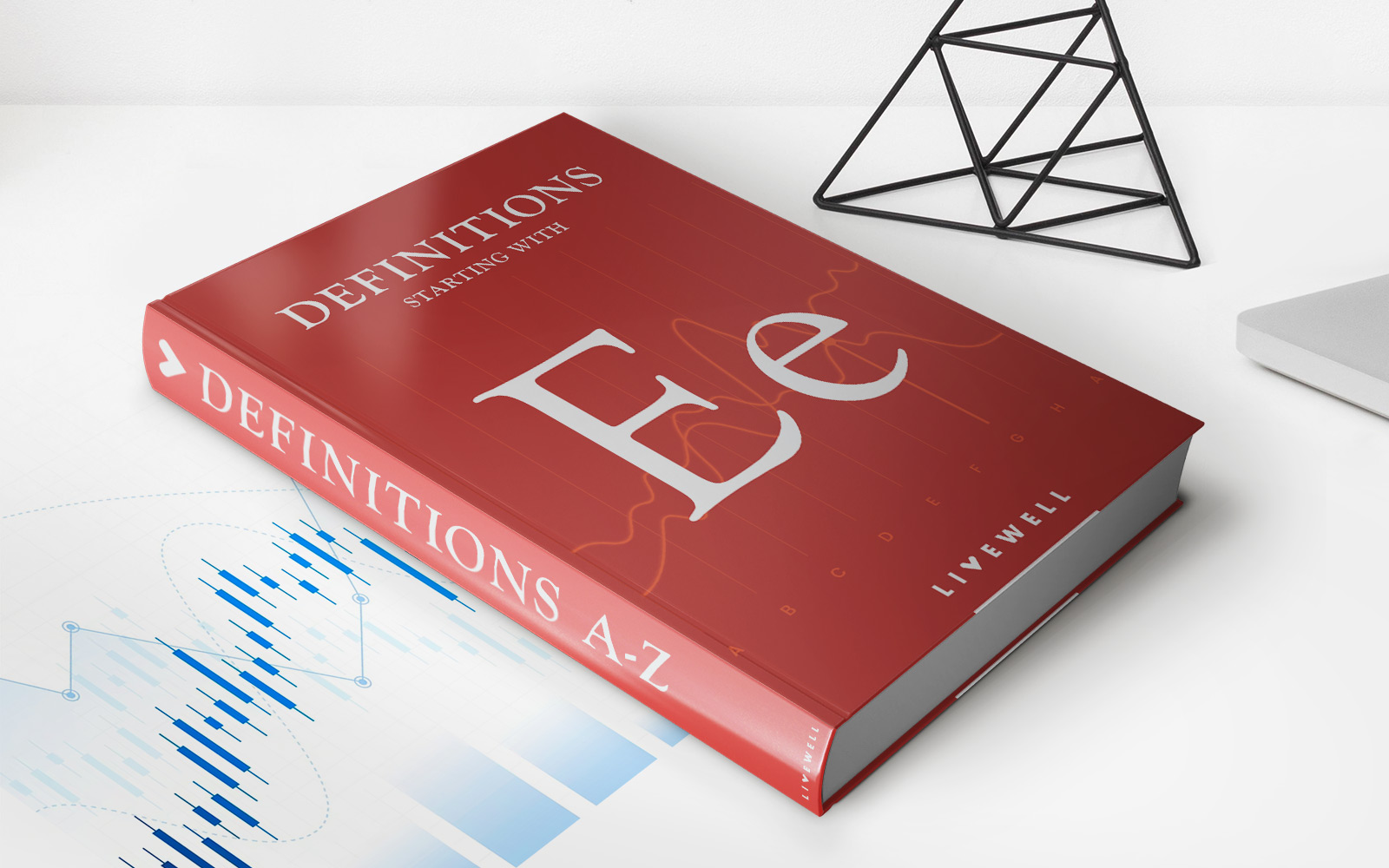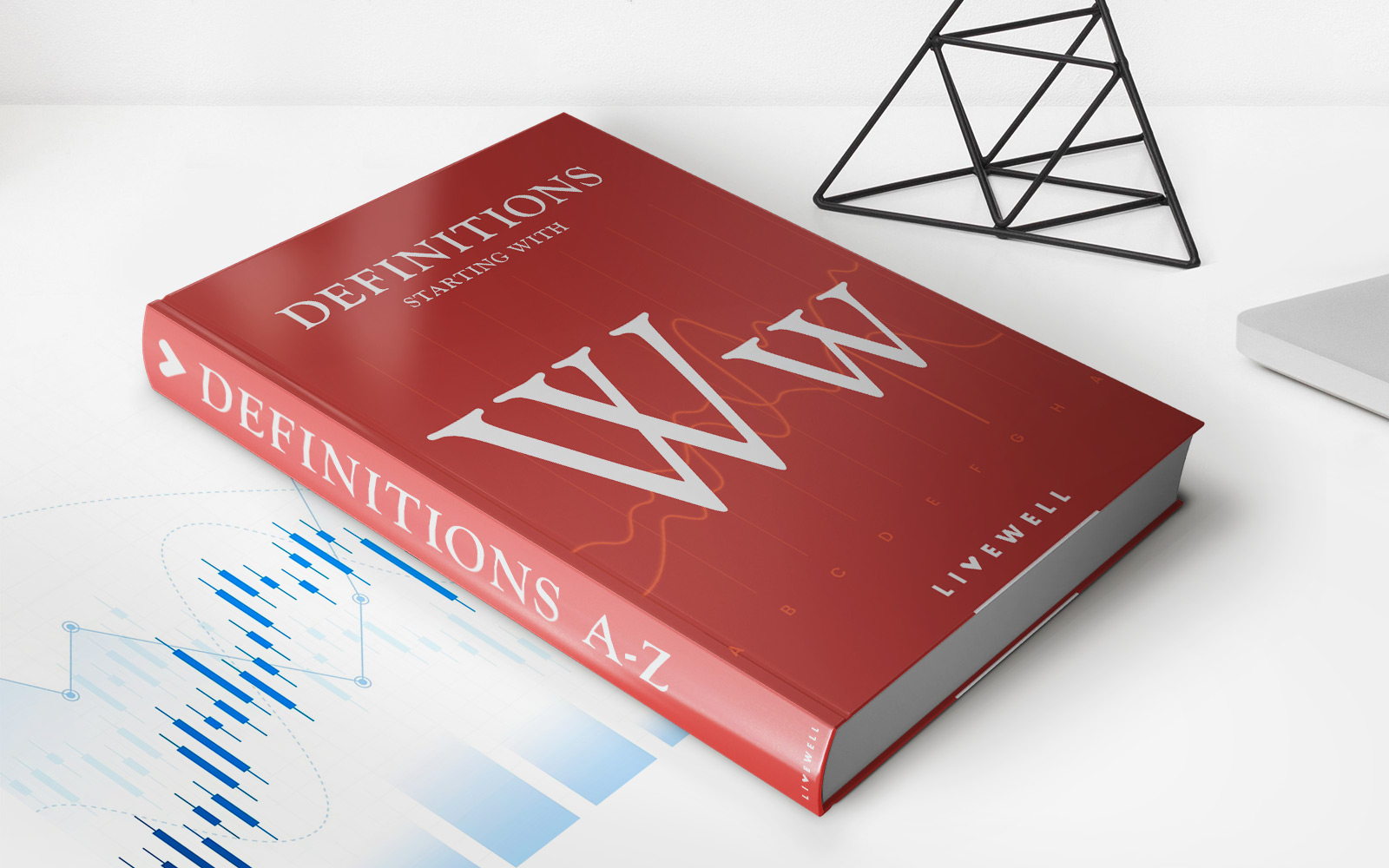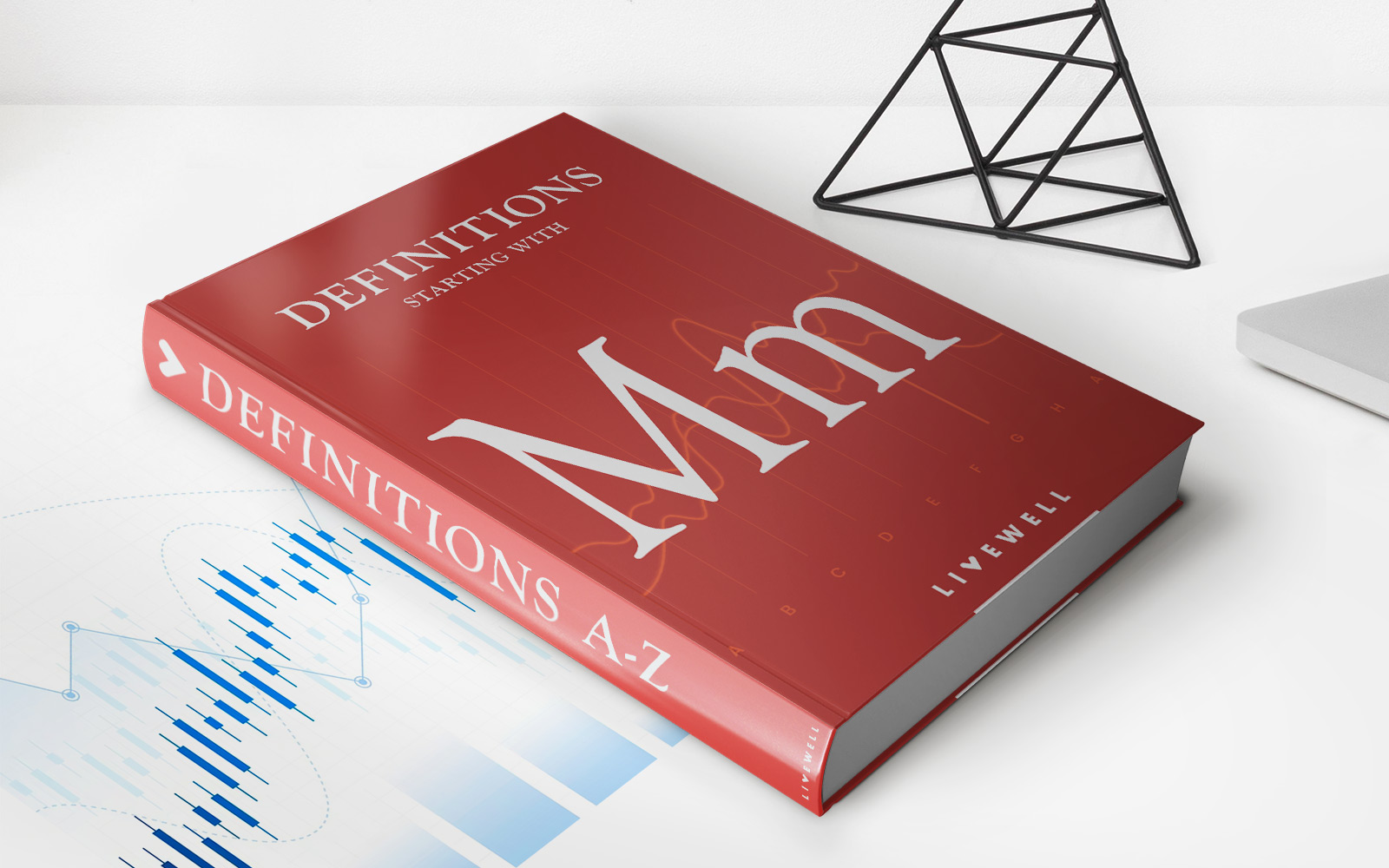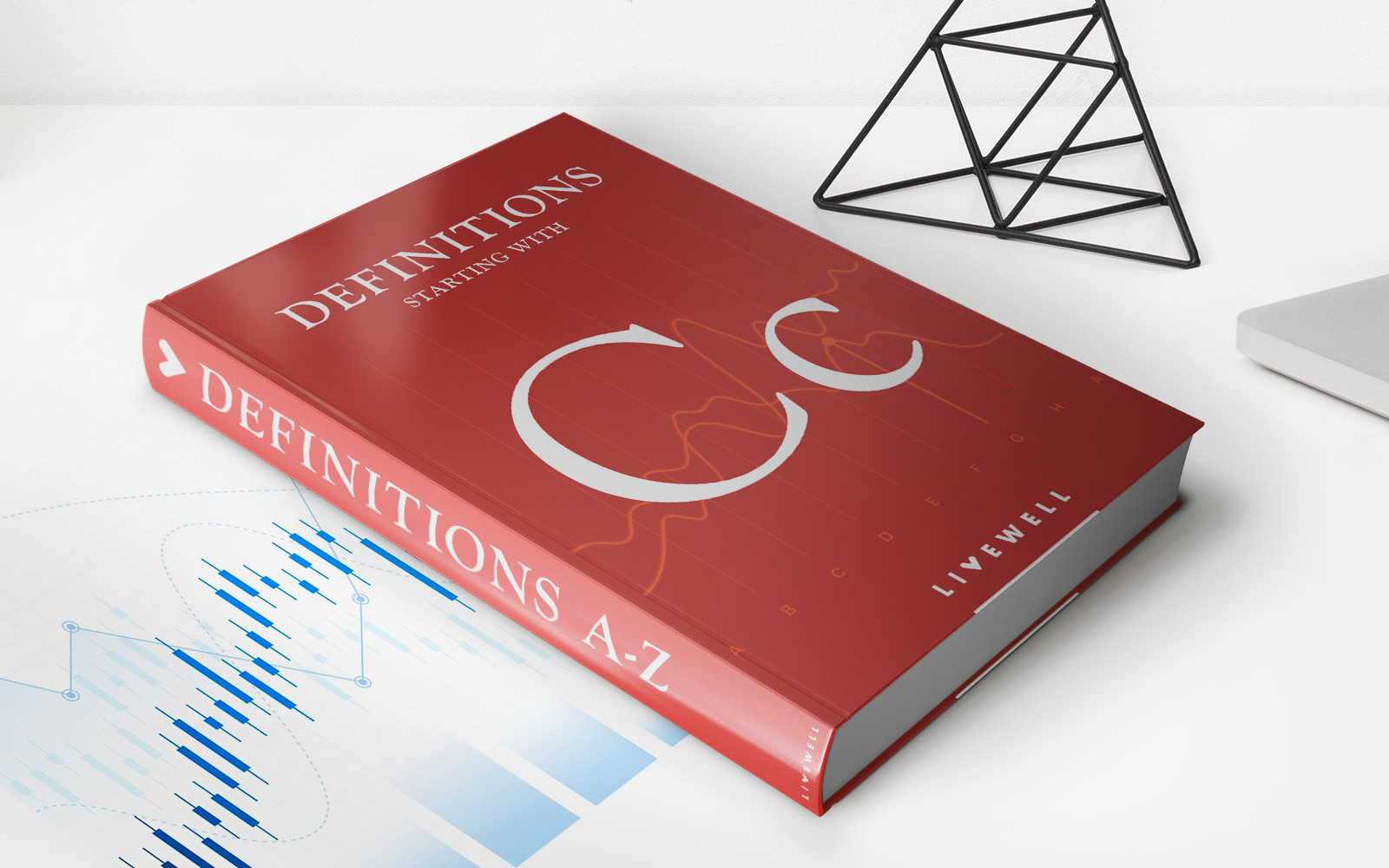Home>Finance>Information Ratio (IR) Definition, Formula, Vs. Sharpe Ratio
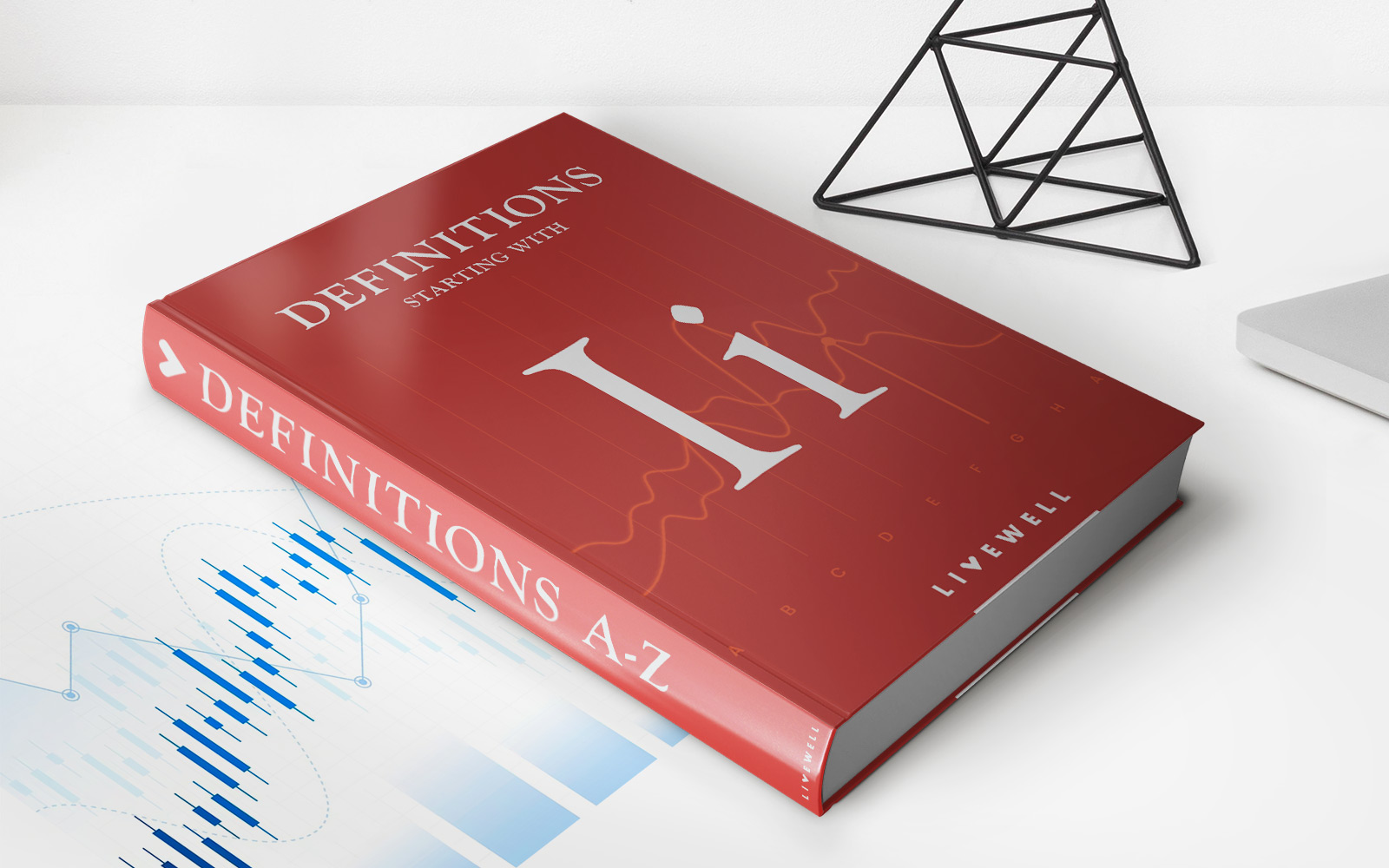

Finance
Information Ratio (IR) Definition, Formula, Vs. Sharpe Ratio
Published: December 9, 2023
Learn about the Information Ratio (IR) in finance, its definition, formula, and how it compares to the Sharpe Ratio. Enhance your understanding of financial analysis and decision-making.
(Many of the links in this article redirect to a specific reviewed product. Your purchase of these products through affiliate links helps to generate commission for LiveWell, at no extra cost. Learn more)
Understanding Information Ratio (IR) in Finance: Definition, Formula, and its Distinction from Sharpe Ratio
When it comes to evaluating investment performance, financial metrics play a crucial role in understanding how well a portfolio is performing. One such metric is the Information Ratio (IR), which measures the excess return an investor earns compared to a benchmark, relative to the total risk taken. In this blog post, we will explore the definition of IR, its formula, and how it differs from the widely-used Sharpe Ratio.
Key Takeaways:
- · The Information Ratio (IR) measures the consistency and skill of an investment manager in generating superior returns compared to a benchmark.
- · IR is calculated by dividing the active return (excess return) by the active risk (tracking error) of a portfolio.
What is the Information Ratio (IR)?
The Information Ratio (IR) is a widely-used statistical measure in the field of finance that evaluates an investment manager’s ability to generate returns above a benchmark relative to the amount of risk taken. It provides insights into the consistency and skill of the manager, helping investors gauge the added value they are receiving from their portfolio manager.
Formula for Information Ratio (IR):
To calculate the Information Ratio, you need two key inputs: the active return and the active risk. The formula for IR is as follows:
- IR = (Portfolio Return – Benchmark Return) / Tracking Error
The portfolio return represents the actual return achieved by the investment manager, while the benchmark return shows the return of the chosen benchmark index. The tracking error, on the other hand, quantifies the volatility and divergence between the portfolio and the benchmark. By dividing the active return by the active risk, the IR provides a meaningful metric of the manager’s effectiveness.
Information Ratio (IR) vs. Sharpe Ratio:
While both the Information Ratio and the Sharpe Ratio are widely-used metrics in finance, they have different applications and provide distinct insights into investment performance:
- Focus: The Information Ratio primarily focuses on a manager’s skill in generating excess returns relative to a benchmark, while the Sharpe Ratio assesses the risk-adjusted return of an investment portfolio.
- Components: The IR incorporates both the active return and active risk, while the Sharpe Ratio considers the excess return over a risk-free rate and the standard deviation of the portfolio.
- Interpretation: A higher Information Ratio indicates that an investment manager has consistently outperformed the benchmark with a lower level of risk. On the other hand, a higher Sharpe Ratio implies a higher risk-adjusted return, regardless of benchmark performance.
In conclusion, the Information Ratio provides valuable insights into the consistency and skill of an investment manager in generating excess returns relative to a benchmark. By understanding how to calculate and interpret the IR, investors can make more informed decisions about their portfolios and evaluate the added value provided by their chosen investment manager.
Remember, while the IR is a powerful metric, it should be used in conjunction with other performance measures to gain a comprehensive understanding of an investment portfolio’s performance.
